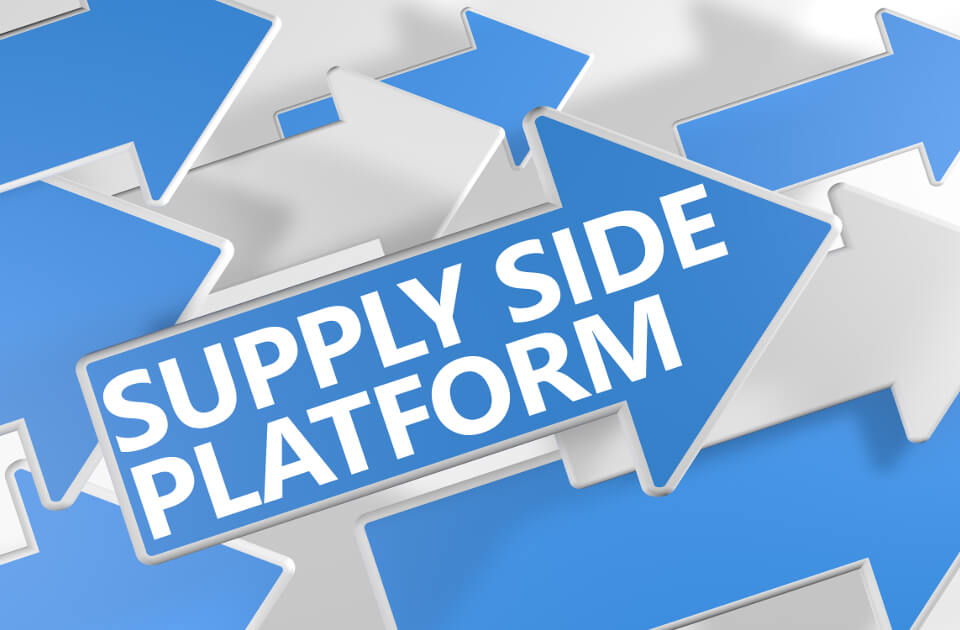Online marketing basics: what is a supply-side platform (SSP)?
Today, advertising inventory is traded in real time. Within just a few seconds, an algorithm can coordinate supply and demand to determine exactly when and where adverts are displayed. Website operators looking to make the most of their ad space should consider the benefits of using an SSP.
What is an SSP?
Website operators with advertising inventory (free space for banner ads or promotions) can offer this space up to advertisers for a fee. This process can be done via real-time advertising trading. A supply-side platform (also known as a sell-side platform) acts as a technical interface between the publisher, advertiser, and a trading platform (ad exchange). While the demand-side platform (DSP) controls the demand, the SSP handles the supply end.
How does an SSP work?
Publishers that have released their platform for trading purposes can promote available ad space with the help of a sell-side platform. During this process, the SSP sends a request to the DSP and the connected ad networks. The DSP receives both a user profile and information about the available advertising inventory. The system analyses the offer to ensure the target group criteria corresponds with the demand, before presenting the ad space on behalf of the advertiser. The SSP then bundles together all the offers before determining the highest bid and selecting the corresponding advert.
SSP providers
The business of real-time bidding and real-time advertising has truly come into its own over the past decade, with ever more competitors stepping into the ring, establishing themselves both in the UK and internationally. Before signing up with an SSP, take time to note the differences between general providers and specialists. General sites such as AppNexus and Adform offer supply-side platforms as part of their system. Then there are several specialised providers, including Criteo.
Advantages and opportunities for publishers
SSPs enable publishers to sell their advertising inventory automatically and in real time. The main goal is to sell inventory for the highest possible price, thereby maximising your profits and optimising the process. There are several ways for publishers to advertise their inventory:
- Private deal: a private marketplace only hosts business between publishers and individual advertising partners
- Private auction: this allows selected partners to advertise the inventory to a closed market
- Open auction: with an open auction, all advertising partners are permitted access and can purchase inventory
The biggest benefit is that publishers can determine a minimum price in advance. This guarantees that the inventory is never sold for less than its value.







